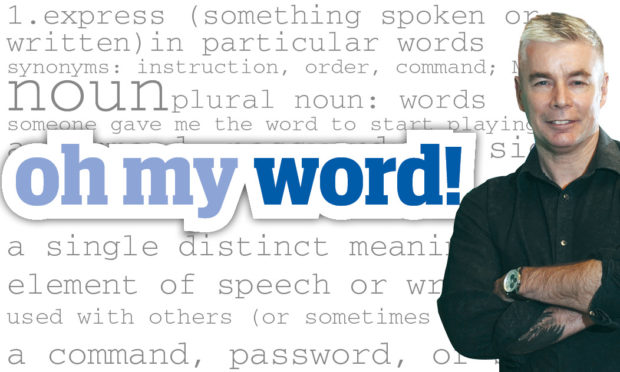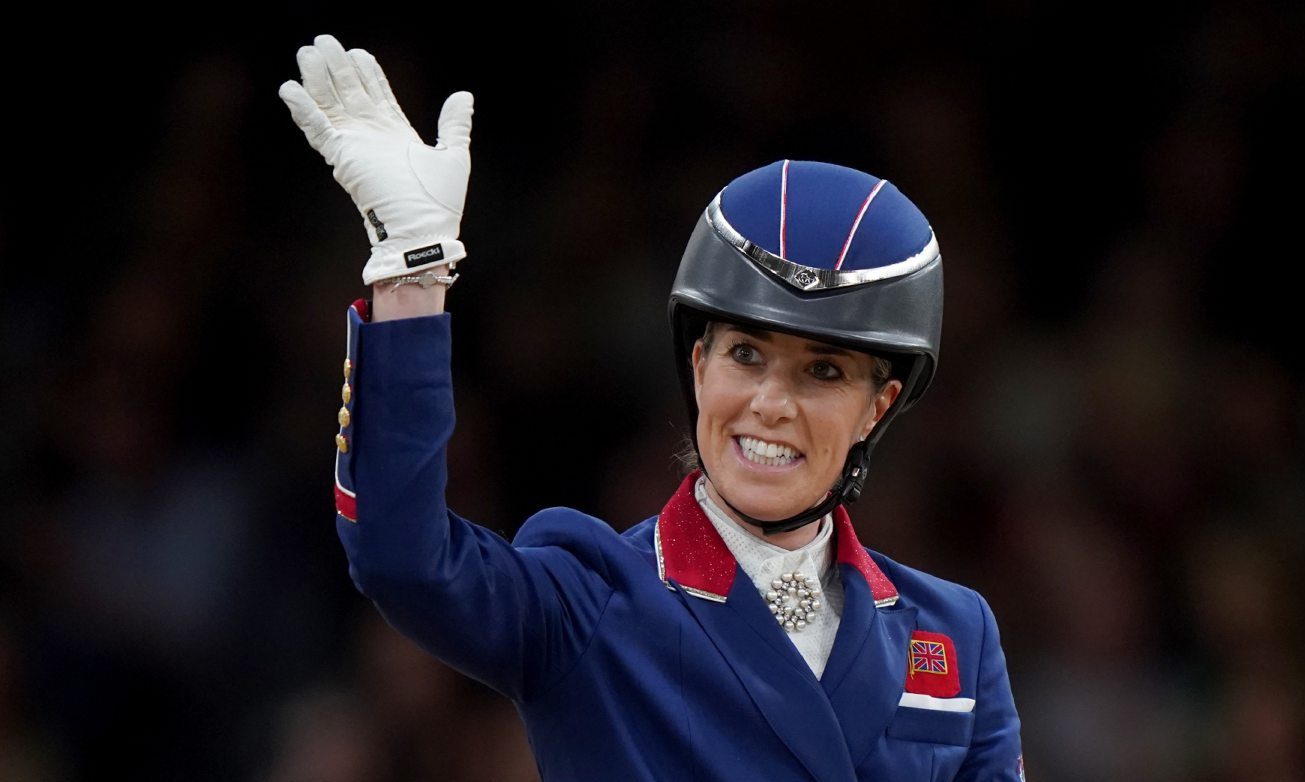I’d been looking forward to the Euros football tournament, but I’d forgotten a thing that I greatly do not enjoy. The bruising tackles committed on the English language by studio pundits.
I get annoyed by descriptions of players who “could have done gooder than that”, or who are described as “literally on fire”. On closer inspection the players usually aren’t spouting flames.
This tournament has seen the use of the double negative taken to new lows.
“He didn’t do nothing” has been a common claim when a yellow card is flourished. Or: “the referee won’t have none of that”. And I was intrigued to learn that Steve Clarke “don’t owe nothing to nobody”, and that he manages a team who “don’t never give up”.
Double negatives are common throughout the land. I think Mick Jagger started it all by claiming he can’t get no satisfaction. Then Bill Withers assured his paramour: “There ain’t no sunshine when you’re gone”. Which must have made her wonder.
To top it all, Pink Floyd declared: “We don’t need no education”. Which rather proved that they did.
The use of the double, or more, negative is just an attempt to intensify a statement. Commentators put in all the negatives they can lay their brains on to accentuate what they are saying.
“I don’t not never nohow no way want my team to score no own goals” is an understandable ambition. But employing people with a broader vocabulary would surely get the message across better.
There is a more sinister version of the double negative. They are sometimes used in an attempt to hide what is really happening. “The size of the tax hike is not insignificant”. That’s a potentially expensive twist of language, and I’m not being uneconomical with the truth when I say that.
Speaking of money, I could never understand how two negatives make a positive in mathematics. Negative £5 plus negative £5 has never resulted in a positive £10 in my wallet. More’s the pity.
The thing you notice about double negatives is that it takes a bit of brainwork to unravel them. That’s a bad thing. I believe there is a simple truth about language that is often forgotten. The best English is, fundamentally, expressing yourself in an easily understood fashion. Your listener, or reader, should be in no doubt what you mean.
So if you wish to impart information you should speak or write in declarative sentences. A declarative sentence is in the present tense. It has a subject (a person, an object, an idea), and a predicate (the main verb, or verb phrase, telling us something about the subject).
He sat. She sings. He loves football. I like English grammar discussions.
There is no room for a double negative in such a sentence. And if you think you can’t not never do gooder than that, be my guest.
Word of the week
Adjuration (noun)
An earnest request or entreaty. EG: “An adjuration for everyone to stop using double negatives.”
Read the latest Oh my word! every Saturday in The Courier. Contact me at sfinan@dctmedia.co.uk





